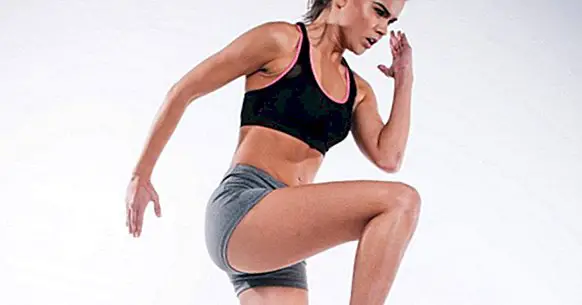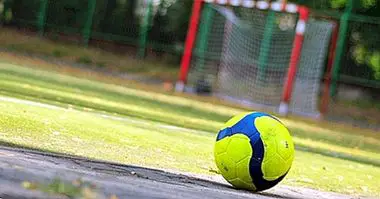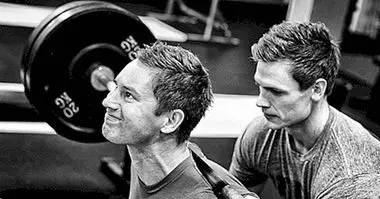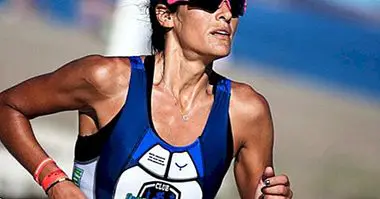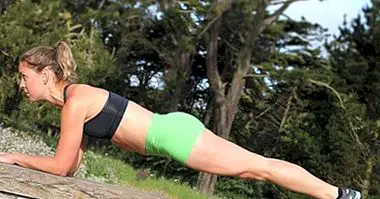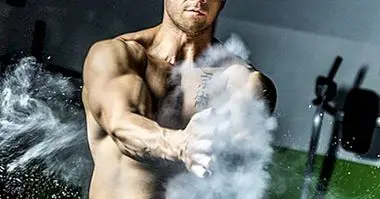The 4 types of sports warm-up (and their characteristics)
Warming up is one of the most important phases of exercise. Thanks to him our muscles and our circulatory system are prepared to assume an expenditure of energy greater than the usual, thanks to the mediation of the endocrine system and its hormonal regulation.
However, we must bear in mind that there are several types of sports warm-up depending on the type of physical activity that we are going to use when doing sports. In this article we will see a summary of these categories, and their characteristics.
- Related article: "What is Sports Psychology? Know the secrets of a growing discipline"
What is warming up before doing sports?
The general concept of sports warm-up refers to a series of exercises that have the objective of working at the same time several muscle groups of the body, so that the organism is prepared for the demands of sport and enter an activation state in which it is possible to physically strive.
Basically, it's about making the body can give its best and that the investment of efforts leads to an optimal performance , minimizing the risk of injuries and achieving better objectives.
To do this, the temperature of the muscles is increased and the heart rate is accelerated, processes that allow a rapid and efficient release of force.
- You may be interested: "What is the syndrome of overtraining and what are its symptoms"
The main types of sports warm-up
Let's see now what are the types of warming up before exercising, and what their functions are.
1. General heating
The main function of general heating is to prepare as many muscles as possible for the activity that will come, without focusing on a particular muscle group . It is used so that the whole body enters, globally, in a phase of activation and optimization of calorie burning.
To do this type of warm-up, movements are carried out that do not involve exerting much force. That is, exercises that activate muscles spread throughout the body and of medium or moderate intensity . For example, walking on the elliptical or running without getting to sprint.
2. Specific heating
In the segmented warming, or specific, we work with the muscles and joints that are directly involved in the type of exercise we are going to perform.
Normally, this type of warm-up consists of performing the exercise that we will then do, practicing it with low or very low intensity. For example, if we are going to perform a bench press, the segmented heating will raise the bar by adding discs that weigh very little, so that we can do many repetitions .
While the general warm-up is done once and is valid for the whole session, it is possible (and recommendable) to carry out several phases of segmented heating in each session, one each time activity is changed or from muscle groups to work.
3. Dynamic heating
If the previous types of heating differ especially with an emphasis on the parts of the body that involve, in this case the main characteristic is the nature of the activity to be performed.
The dynamic heating is distinguished by putting into practice very varied biological processes: Strength, flexibility, proprioception and balance, control of breathing , sharpening of reflexes, etc.
So, appeals to both physical and psychological properties to make us enter the physical and mental state that will prepare us to function properly when we really do the sport or the exercise for which we train.
For example, quickly doing a series of exercises without pausing through a circuit, although with medium intensity, falls into this category.
4. Preventive warming
It deals with the implementation of specific instructions indicated by a professional who has given guidelines to prevent a specific type of injury or worsening of an injury that already exists
For its own reason of being, it is of low intensity, although its nature can vary greatly depending on the case and the possible risk faced by those who practice sports.
Bibliographic references:
- Anderson, D. (1989). The Discipline and the Profession. Foundations of Canadian Physical Education, Recreation, and Sports Studies. Dubuque, IA: Wm. C. Brown Publishers.
- Fradkin AJ, Zazryn TR, Smoliga JM (2010). "Effects of warming-up on physical performance: a systematic review with meta-analysis". Journal of Strength and Conditioning Research. 24 (1): 140-148.
- Rössler, R .; Junge, A .; Bizzini, M .; Verhagen, E .; Chomiak, J .; aus der Fünten, K .; Meyer, T .; Dvorak, J .; Lichtenstein, E .; Beaudouin, F .; Faude, O. (2017). "A Multinational Cluster Randomized Controlled Trial to Assess the Efficacy of '11 + Kids': A Warm-Up Program to Prevent Injuries in Children's Football." Sports Medicine
- Soligard, T., Myklebust, G., Steffen, K., Holme, I., Silvers, H., Bizzini, M. et al. (2008) «Comprehensive warm-up program to prevent injuries in young female footballers: cluster randomized controlled trial.» BMJ, 337: a2469

